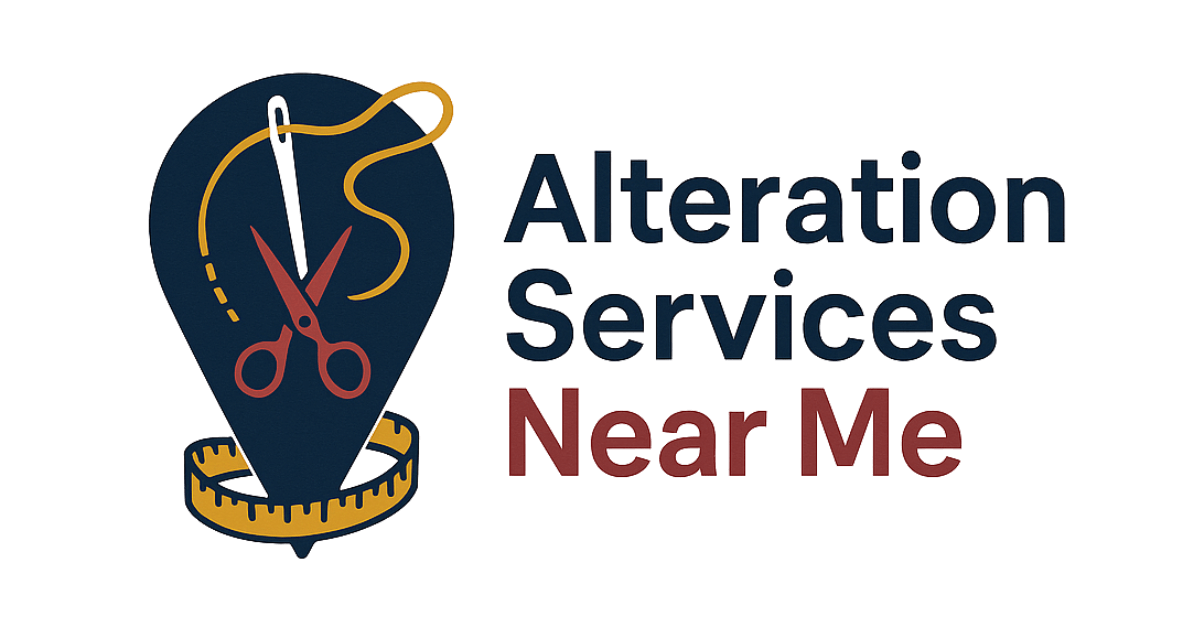
How to Choose a Tailor: Credentials, Checklists & Reviews
Estimated reading time: 8 minutes
Key Takeaways
- Clarify your specific alteration requirements before searching.
- Research local tailors through reviews and personal referrals.
- Verify credentials and inspect sample work using a checklist.
- Prepare interview questions to assess process, expertise, and fit.
- Follow a systematic, step-by-step approach for confident selection.
Table of Contents
- Introduction
- Step 1: Define Your Tailoring Needs
- Step 2: Research Local Options
- Step 3: Check Tailor Credentials to Look For
- Step 4: Use a Tailoring Quality Checklist
- Step 5: Prepare Tailor Interview Questions
- FAQ

Discover the Best Alteration Services Near You
Explore top-rated alteration services across America, sorted by reviews and ratings. Search by state, city, or zip code.
Find Alteration Services NowIntroduction
Knowing how to choose a tailor can mean the difference between a garment that merely fits and one that feels custom-made for your body. The right clothing specialist can transform not just your look, but how you feel when you wear your favorite pieces. For a deep dive, check out our guide to perfect-fit tailoring.
Selecting a skilled garment professional is crucial for optimal fit, finish, and confidence. A master craftsperson elevates your wardrobe through expert knowledge of fabric, construction, and the human form. For more insights, see the Keans guide or Boutique on Call’s detailed guide.
Step 1: Define Your Tailoring Needs
Before beginning your search, clarify exactly what type of alterations you need. Tailoring services vary widely in complexity and specialization:
Simple Alterations
- Hem adjustments on pants, skirts or dresses (essential alterations explained)
- Taking in or letting out casual shirts
- Basic repairs like replacing zippers or patching tears
- Waistband adjustments on jeans or casual trousers
Specialized Tailoring
- Structured garments like suit jackets and blazers
- Wedding and formal evening attire (wedding dress alterations)
- Detailed work on garments with linings
- Alterations to patterned fabrics requiring pattern matching
Major Reworks
- Restyling vintage pieces (upcycle old clothes)
- Significant size adjustments (more than 1–2 sizes)
- Converting garments (like turning pants into shorts)
- Working with difficult fabrics such as leather or sequined material
Tip: Consider both the complexity and frequency of your needs. A tailor who excels at casual wear may not specialize in bridal or formal alterations. Learn more at Ellas Alterations.
Step 2: Research Local Options
Once your needs are defined, search online for “best tailor reviews near me” on platforms like Google, Yelp, and Facebook to build an initial pool. See our local tailor guide.
- Look at total review counts—more reviews often signal established experience.
- Check for consistent star ratings across sites.
- Focus on recent feedback; quality can change over time.
- Read detailed comments about alterations similar to yours.
Don’t rely solely on digital feedback. Ask friends, family, and colleagues for personal recommendations. Concrete details like “I got my suit done there and the shoulders were flawless” are gold. For New York-specific options, explore these services in New York.
Compile a shortlist of 3–5 specialists to investigate further. This targeted approach saves time and ensures quality.
Step 3: Check Tailor Credentials to Look For
Evaluate potential tailors based on clear indicators of expertise and professionalism:
- Years of Experience: Aim for 10+ years for complex work and bespoke tailoring.
- Formal Training: Graduations, apprenticeships, and continuing education in specialized techniques.
- Professional Certifications: Trade association memberships and master tailor designations.
When visiting shops, ask about certification names, issuing organizations, dates awarded, and specialization areas. A true professional will gladly share these details. For more tips, see Boutique on Call’s guide.
Step 4: Use a Tailoring Quality Checklist
Before committing, apply a systematic quality checklist to inspect workmanship:
Stitch Consistency
- Uniform stitch length with no skipped stitches
- Reinforced high-stress points and no loose threads
- Appropriate stitch density for fabric weight
Seam Strength
- Back-tacked starts/ends and no puckering
- Clean seam allowances to prevent fraying
Fabric Matching & Finishing
- Patterns align precisely and colors match at seams
- Balanced ease, no unwanted wrinkles or sagging
- Neat buttonholes, even hems, and clean interior work
Pro Tip: Examine before-and-after photos or ask to handle example pieces. Take your time—details matter. Learn more at Keans.
Step 5: Prepare Tailor Interview Questions
When you meet potential tailors, ask targeted interview questions to assess both skill and workflow:
Process & Policies
- “What is your typical turnaround time for this alteration?”
- “Do you offer a guarantee on your work, and what’s your revision policy?”
- “How many fittings do you require for this type of project?”
- “Do you provide written estimates before starting?”
Experience & Portfolio
- “Can you show before-and-after photos of similar garments?”
- “Have you worked with this fabric/style before?”
- “What was your most challenging alteration and how did you succeed?”
- “How long have you tailored this garment type?”
Technical Expertise
- “How do you handle custom requests and challenging fabrics?”
- “What fitting techniques ensure balance and comfort?”
- “How would you approach my specific alteration?”
FAQ
How long do common tailoring alterations take?
Simple tasks like hemming pants or shortening sleeves often take 1–3 days. Complex work—bridal gowns or full garment reconstructions—can require 1–2 weeks, depending on fittings and workload.
What should I bring to a tailor appointment?
Bring the exact shoes you’ll wear, any accessories, and the complete outfit. This ensures accurate length adjustments and balance. Also, provide clear notes on your preferences (e.g., pant break style, sleeve length).
How much do tailoring services cost?
Prices vary by region, garment type, and complexity. Simple hemming may start at $10–$25, while suit jacket adjustments or bridal work can exceed $100. Always get written estimates upfront.
What qualifications make a good tailor?
Look for formal training, 5–10+ years of experience, and master tailor certifications. Review portfolios and sample work. A professional should gladly discuss credentials and show evidence of craftsmanship.